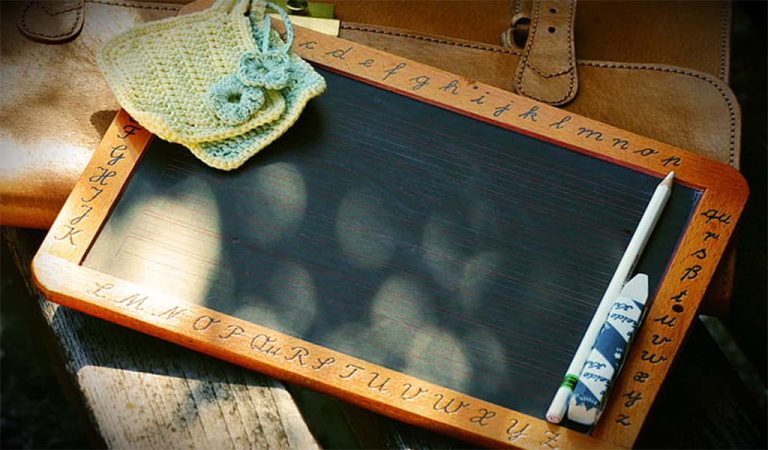掌握状语位置的规律,让表达更自然更准确
在英语中,**状语(Adverbial)**是用来修饰动词、形容词或整个句子的成分,表示时间、地点、方式、原因、目的等。合理安排状语的位置,可以让你的句子更符合地道表达。
一、状语常见的类型与例子
| 类型 | 示例 |
|---|---|
| 时间状语 | yesterday, at night, in 2020 |
| 地点状语 | at school, in London |
| 方式状语 | carefully, with confidence |
| 原因状语 | because of rain, due to the delay |
| 目的状语 | in order to succeed |
二、状语常见位置
✅ 1. 句首位置(突出强调)
In the morning, she goes jogging.
To improve her skills, she studies every day.
说明:句首状语常用于引导语境或突出重点,后接逗号。
✅ 2. 句中位置(动词前后)
She usually eats breakfast at 7.
They quickly finished the test.
说明:频率或方式状语一般紧跟助动词或 be 动词之后,或主动词前。
✅ 3. 句末位置(自然表达)
He spoke slowly.
She worked at the library yesterday.
说明:时间和地点状语多出现在句尾,自然不突兀。

三、错误示例对比
❌ He at the library worked yesterday.
✅ He worked at the library yesterday.
❌ Because of the rain, the game canceled was.
✅ Because of the rain, the game was canceled.
说明:错误的状语位置会导致语义混乱,甚至句法错误。
四、范文示例
Yesterday afternoon, I went to the bookstore with my friend. We walked slowly, talking about our favorite novels. I usually go there once a week, because I enjoy the quiet atmosphere.
分析:
- 使用了句首时间状语;
- 运用了句末方式与原因状语;
- 使句子多样化而自然流畅。
五、小贴士
- 频率副词如 always, usually, often 常放在助动词之后;
- 不同的状语可灵活移动,但需注意语义清晰;
- 同时使用多个状语时,建议顺序为:方式 + 地点 + 时间(如:She spoke confidently in class yesterday.)
掌握状语的使用与位置,不仅能让你的句子结构更完整,更能体现逻辑与表达的清晰度。立即体验“李校来啦英语”,通过分类型训练掌握句式细节,让每一句英语都清晰、准确、有层次!




